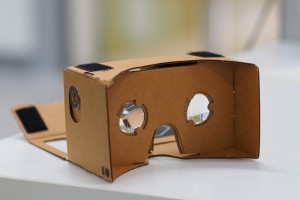This week, Microsoft launched a new suite of business applications called Dynamics 365, which will officially become available November 1.
Dynamics 365 takes elements from pre-existing Microsoft products such as Dynamics CRM and several enterprise resource planning (ERP) software applications. The functions fulfilled by Dynamics 365 handle the front and back end of office processes, managing inventory, manufacturing processes and finances.
 The key to Dynamics 365 is the built in AI features. Microsoft is adding “smarter” technologies that it’s been working on for years and Dynamics 365 runs on Microsoft Azure cloud computing platform. The “smarter” apps are able to better predict what a user wants to do based on previous actions and make recommendations, similar to the way Amazon suggests items to customers based on previous searches.
The key to Dynamics 365 is the built in AI features. Microsoft is adding “smarter” technologies that it’s been working on for years and Dynamics 365 runs on Microsoft Azure cloud computing platform. The “smarter” apps are able to better predict what a user wants to do based on previous actions and make recommendations, similar to the way Amazon suggests items to customers based on previous searches.
Each user is charged 70 dollars per month for all of the sales, customer service and field services applications included in Dynamics 365. Comparatively, Salesforce (one of Microsoft’s Dynamics 365 competitors) offers a low-end bundle starting at 70 dollars, with their most popular bundle costing users 150 dollars.
The new focus on business applications from Microsoft and strategically standard pricing means Microsoft will compete more rigorously with Salesforce and other companies offering business applications in the future. This is a great opportunity for small businesses and entrepreneurs to access vital business applications without having to break the bank.
Take Next Step Academy’s “Entrepreneurship” course to learn how to be successful in your business ventures.
